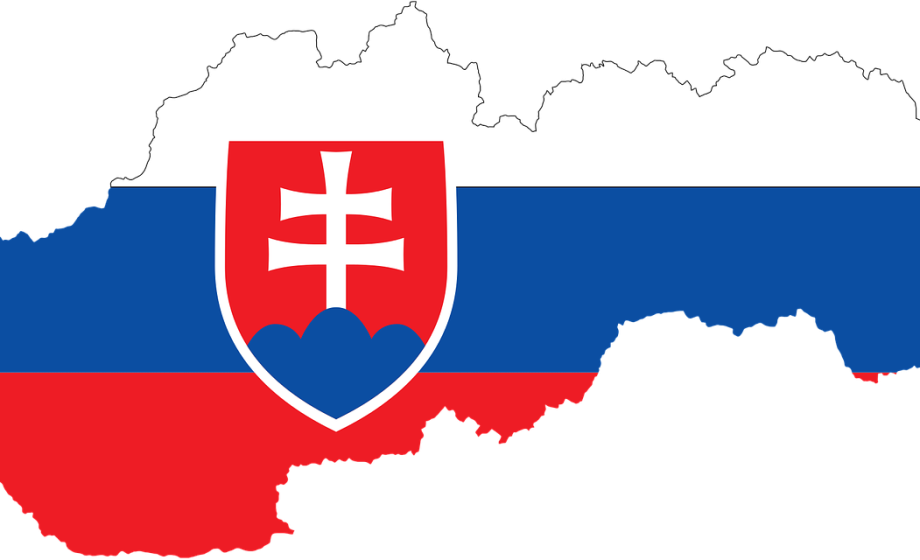A Council of Europe report has criticized Slovakia’s approach towards its national minorities.
The Council of Europe’s Advisory Committee on the Framework Convention for the Protection of National Minorities said there are grounds to suspect that the Slovakian officials might still be applying the 1945 regulation on property confiscation via the Beneš Decrees that targeted mainly the German and Hungarian minorities.
The council member states in every 5 years submit updated reports on minority protection that are verified by 18 independent expert committees.
Since the covid-19 outbreak, the member states haven’t visited Slovakia until September 2021 to check the present report that was submitted in 2018.
During the September visit, the committee members consulted with the Hungarian NGO representatives in Slovakia. On June 15, 2022, the report summarizing the experiences was released.
In the report, the committee commended Slovakia for enhancing its support for minority cultures and media in the last few years. However, the report criticized some issues.
For insurance, the report discloses that the Slovakian officials haven’t done enough to condemn incitement to hatred and violence in political and public discourse.
A grave accusation is cited in the report in paragraph 119. The committee reveals suspicion that, based on Hungarian minority representatives, Slovakia is still using the 1945 regulation on property confiscation, mainly targeting German and Hungarian minorities.
The Council committee equally asks the Slovakian government to create a dialogue with the concerned minority representatives on the adverse effect of the confiscation decree on present inter-ethnic relations.
While the recommendations towards Hungarians aren’t mentioned in the Slovakian report summary, the Slovakian side sees the allegations to be untrue. It believes that the 1949 Štrbské Pleso Treaty solved the financial and property issues between Hungary and Czechoslovakia.
According to the Slovakian side, the presidential decrees and Hungarian population expulsion must be considered in a historical context and should be seen in the context of the effects of the Ww2.
Going by the Slovakian government’s latest decision, the country’s minority laws would treat the number of persons who declared themselves members of the national minority in first and second place in the 2021 census as one, meaning they’re included together.
456,148 Hungarians are staying in Slovakia. And based on the government office records, the number makes the Hungarian community 8.4% of the overall population.
This decision is practically important since the laws that affect the minority languages’ use are associated with the population proportion.
Now, the Council of Europe’s Advisory Committee is urging the Slovak government to eliminate discrimination against Roma children in school and enhance the mechanism to support the national minority cultures.
There are 13 official groups presently recognized as national minorities in the Slovak Republic.
They’re Croat, Bulgarian, Hungarian, Czech, Roma, German, Jewish, Polish, Moravian, Russian, Ukrainian, Ruthenian, and Serb minorities.
Image by Gordon Johnson from Pixabay

